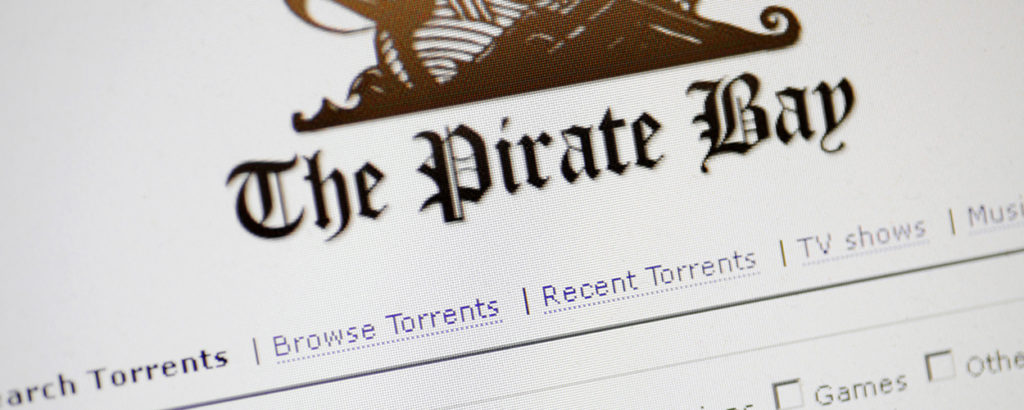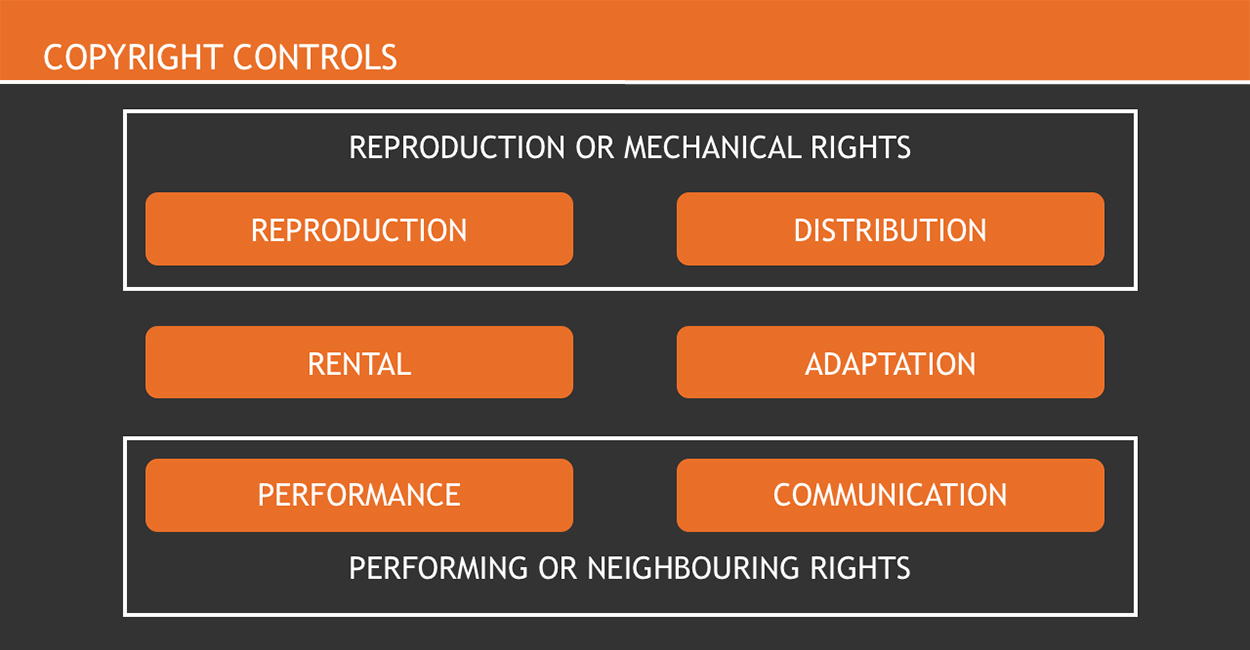This website uses cookies so that we can provide you with the best user experience possible. Cookie information is stored in your browser and performs functions such as recognising you when you return to our website and helping our team to understand which sections of the website you find most interesting and useful.
CMU Trends In Ten
CMU Trends In Ten: Music Piracy
By Chris Cooke | Last Updated: March 2020

This is a ten step guide to the music industry’s battle with online piracy, explaining what copyright law says about infringement, and how music rights owners have dealt with the challenge of widespread non-commercial infringement online.


01. Copyright provides creators with control over their work
Copyright is all about control. It’s about providing creative people – and their business partners – with control over whatever it is that they create.
Copyright law normally provides a specific list of controls. The exact list and terminology used varies from country to country, but commonly includes the reproduction control, the distribution control, the rental control, the adaptation control, the performance control and the communication control. The latter one can often be broken down into two: the traditional communication control and the making available control.
The basic principle of copyright is this: the copyright owner gets to control how their work is used. If anyone else wants to reproduce, distribute, rent out, adapt, perform, communicate or make available that work, they must first get the copyright owner’s permission. The copyright owner usually sells that permission, which is how copyright makes money.






